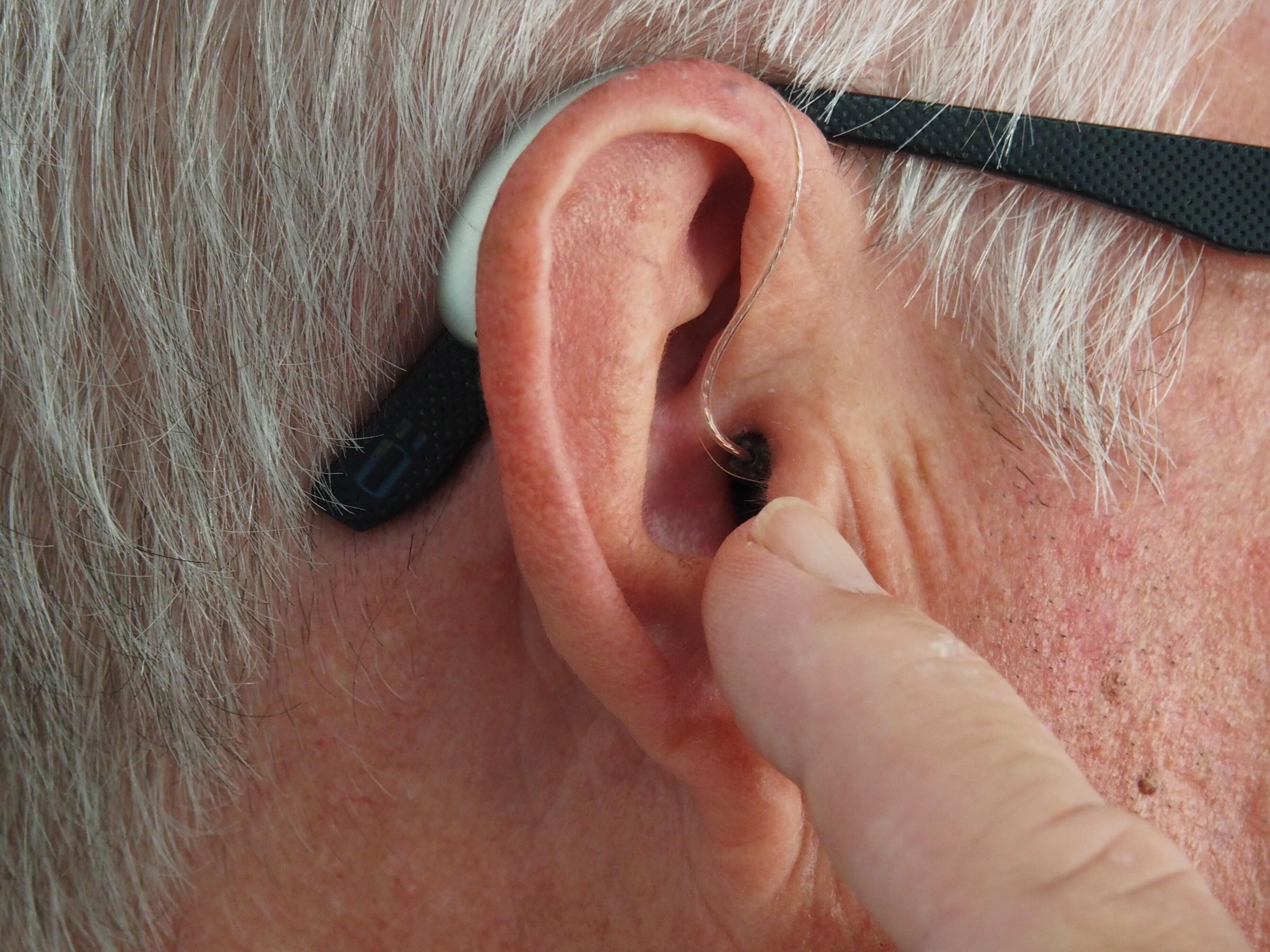Hearing Assistive Technology (HAT)
HAT is an acronym for Hearing Assistive Technology, which encompasses the many different types of equipment that can be used in the classroom to provide students improved access to their teacher's voice.
With today's technology, babies as young as a few weeks old can get the devices needed for their hearing loss. Your pediatric audiologist will recommend what makes sense for your child based on their level of hearing loss and unique needs.
There's different types of hearing technology available to help children who are deaf or hard of hearing — hearing aids for children, cochlear implants, bone-anchored hearing systems, and remote microphone technology. Every hearing device needs routine care and maintenance. You'll need to understand how to use batteries, cables, and other parts of your baby's hearing devices. Your LSL professional team will help teach you about care and maintenance of your child’s hearing devices!
What is a hearing aid?
Typically, the first devices for babies with hearing loss will be hearing aids, which can be fit on newborns. Hearing aids amplify sounds, making them louder, and are customized for your baby. For many infants and young children, hearing aids can provide the brain access they need to hear all of the sounds of speech, which leads to listening and spoken language skills, reading, school success, and more
What is a cochlear implant?
Cochlear implants are hearing devices that provide the brain access to sound through a surgical procedure. They're typically recommended when your child's brain cannot access all the sounds of speech with hearing aids. In the United States, children's cochlear implants aren't typically inserted before one year of age, although they can be recommended much younger. There are specific audiological and medical guidelines that your pediatric audiologist and physician will share with you if a cochlear implant is recommended.
A cochlear implant bypasses damaged portions of the ear to deliver sound signals to the hearing (auditory) nerve. CIs use a sound processor that fits behind the ear and captures sound signals and sends them to a receiver implanted under the skin behind the ear.
The signals stimulate the auditory nerve, which directs signals to the brain. The brain interprets those signals as sound, though these sounds won't be just like natural hearing. It takes time and training to learn to interpret the signals received from the cochlear implant.
Bone-Anchored Hearing Systems
Bone-anchored hearing systems may be recommended inf your baby's ears have a conductive problem/hearing loss.
These devices are placed on the bone located just behind the ear, called the mastoid bone, and held in place with a headband. The sound travels through the mastoid bone to the auditory nerve and then to the brain, so that your baby can hear.
HEARING FIRST supports families and professionals with resources in Listening and Spoken Language. Learn more about Hearing Technology and Hearing First, here.

